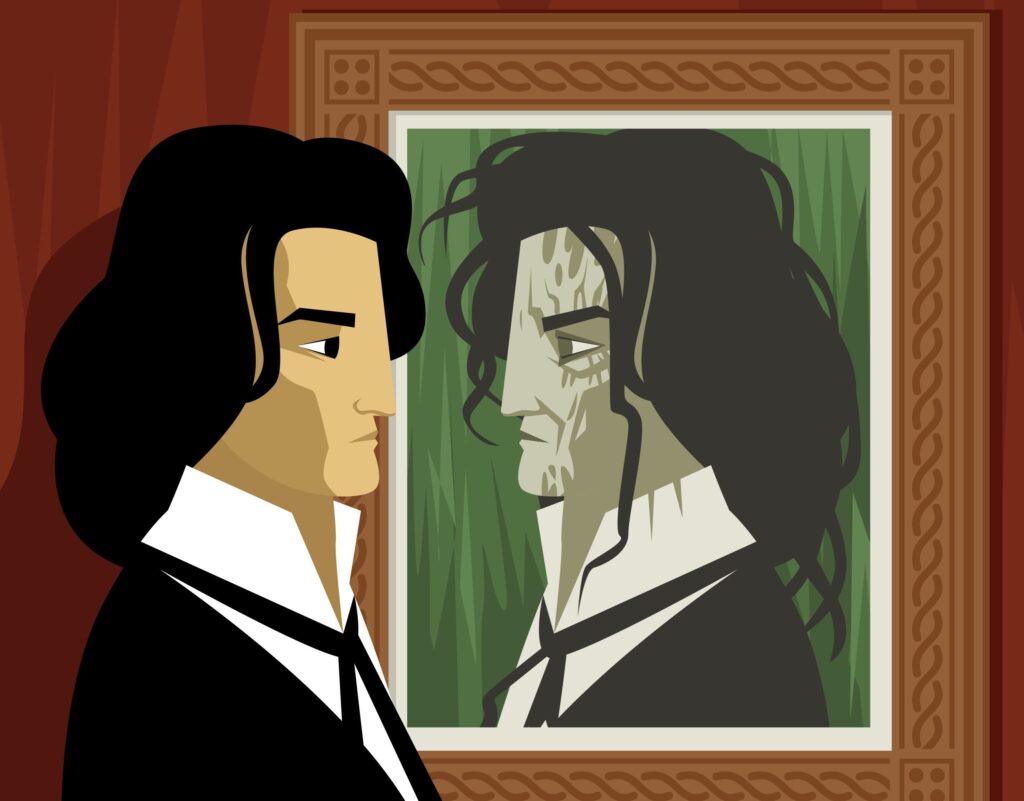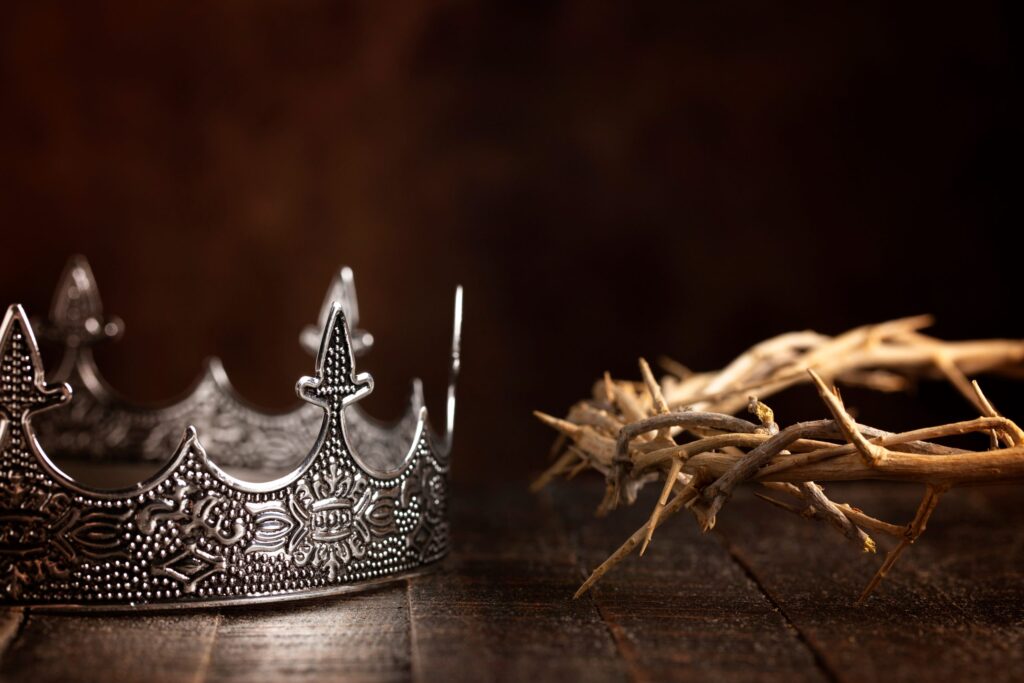
I’ve always been interested in the dynamics of street gangs partly because when I was a young lad growing up in Hull in the 1960s I belonged to one. Well, at least my peers regarded it as a gang. However, the gang I belonged to – the Berkeley Street Boys – did not engage in heavy duty drug dealing or knife and gun violence like so many of the street gangs operating in the UK and USA today although I was once knocked unconscious by a stone thrown by a rival gang from across the railway tracks. I still have a bump and scar on the back of my head to remind me of what postmodernists like Lyng describe as ‘living on the edge’ although our edgework was restricted to low-level anti-social behaviour such as raiding into other gangs’ territory, and setting their bonfires alight before November 5th.
When teaching the topic of street gangs either as part of the AQA Crime and Deviance unit or the OCR option of Youth Cultures or Crime and Deviance I always found it useful to begin by exploring my students’ experiences of gangs and whether they perceive them to be a problem in the neighbourhoods in which they lived. To this end, I always began by providing my students with Hodkinson’s (2004) definition of a gang as a type of subculture which reads ‘groupings with distinct sets of values, defiant collective identities, commitment and dependency and at least some degree of autonomy from the rest of society’. Students would be invited to break down this definition into its constituent parts and to apply these to my childhood experience or what they thought approximated to a subcultural gang experience in the area of Leeds in which they lived. My childhood experience was often deemed to be lacking in several respects, for example, there was a lack of values that made us distinct or autonomous from society because we very much conformed to the wishes of our parents, local police officers and our schools. We were certainly not ‘defiant’. Our degree of commitment to and dependency on one another was pretty fragile and soon dissipated as we went off to different schools.
My next step was to demonstrate using extracts from the work of Geoffrey Pearson and his book Hooligan: A History of Respectable Fears (1983) that gangs are not a modern phenomenon. For example, using secondary sources Pearson describes how in the early 1600s London was terrorised by a series of organised gangs calling themselves the Mims, Hectors, Bugles and Dead Boys who found amusement in breaking windows, demolishing taverns and fighting pitched battles with other gangs. They would identify their gang allegiance by wearing coloured ribbons. In the USA too there is some evidence that gangs were fairly common in urban areas such as New York in the 19th century. I found it useful to show a brief extract from Martin Scorsese’s film Gangs of New York to illustrate this point.
In the USA, social concern about urban youth subcultures and street gangs in the 1950s was reflected in a spate of Hollywood movies which focused on youth as a ‘social problem’. These included ‘The Blackboard Jungle’ and ‘The Wild Ones’ in which Johnny (played by Marlon Brando), the leader of a motorbike gang that ‘terrorises’ a small town replies to the question ‘what are you rebelling against?’ with the rather cool response ‘what have you got?’. Even the musical ‘West Side Story’ got in on the act by marrying the Shakespeare play ‘Romeo and Juliet’ to a moral panic that gripped 1950S New York about a rise in knife violence because of territorial disputes between street gangs. The movie portrayed the rivalry between two gangs; the Jets and the Sharks and contains one song routine which should be of real interest to Sociology teachers, ‘Gee Officer Krupke’, in which the Jets gang humorously consider and act out a range of psychological and sociological explanations for why they are delinquent. This song was probably the first and possibly the last to incorporate the word ‘sociological’ into its lyrics. The scene from the movie along with subtitles is available on YouTube. I used to show it to my classes and have students make a list of the explanations offered up by the song. They were then asked to evaluate each explanation in terms of its relevance to gangs today.
Once the historical and cultural relativity of gangs had been established I found it useful to set research tasks focused on the contemporary relevance of gangs both in the USA and UK. For example, gangs continue to be a problem in the USA. Most urban gangs tend to be affiliated to the Crips and the Bloods, two gang franchises that originated in Los Angeles in the 1970s. Both gangs are primarily African-American although not exclusively so. The Bloods can be identified by the red colours worn by its members and its distinctive gang symbols such as tattoos and hand signs. The Bloods were founded as rivals to the Crips who are also largely Young African-American and identifiable because their gang colours and inks are mainly blue . I strongly recommend that if you can get hold of the documentary ‘Made in America’ (Sections are available on YouTube) that you show this to your studentsand ask them to list the social reasons they see in the film that might explain the existence of these two gang franchises. Literally hundreds of urban street gangs across the United States today identify with either the Crips or Bloods collective identities.
Here in the UK gangs continue to generate concern. The recent ITV drama ‘Little Boy Blue’ dramatised the murder of 11-year-old Rhys Jones which occurred when Sean Mercer, a member of Croxteth Crew fired shots at members of a rival gang in a pub car-park in Liverpool. It is also worth asking students to research the rise and fall of Brixton’s notorious GAS gang. It is also worth investing in second-hand copies of the following books which include interviews with members of British street gangs so providing us an insider’s view of gang life. I found that my students thoroughly enjoyed the following; ‘One Blood: Inside Britain’s New Street Gangs’ by John Heale (2008); Guns and Gangs’ by Graeme McLagen (2009) and ‘Among the Hoods’ by Harriet Sergeant (2012). Finally, show your students the thought-provoking British movie ‘Bullet Boy’ for further clues as to why Black teenagers get sucked into gang life.
In 2015 deaths and injuries from knife attacks linked to gang attempts to secure territory rose sharply in England and Wales. For example, in London alone in June 2015 there were 75 knife killings linked to gangs. Cressida Dick, the recently appointed Commissioner of London’s Metropolitan Police has made it clear that she regards tackling London’s territorial street gangs as important as tackling terrorism. My next blog therefore will focus on why Durkheim writing over 100 years ago and Albert Cohen’s book ‘Delinquent Boys: The Culture of the Gang’ first published in 1955 still provide the best sociological explanations for why some groups of young people are attracted to such street gangs.
Steven Chapman



